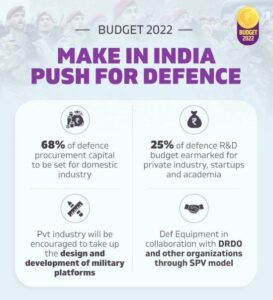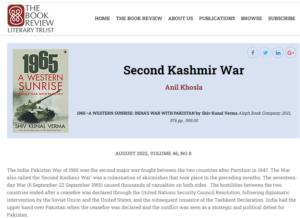Keynote address at Seminar on Counter Terrorism organised by Indic Researcher’s Forum.
Bottom Line
Airpower has both visible and invisible roles in counter-insurgency role
Suggestions and value additions are most welcome
For regular updates, please register here
Disclaimer:
Information and data included in the blog are for educational & non-commercial purposes only and have been carefully adapted, excerpted, or edited from sources deemed reliable and accurate. All copyrighted material belongs to respective owners and is provided only for purposes of wider dissemination.


